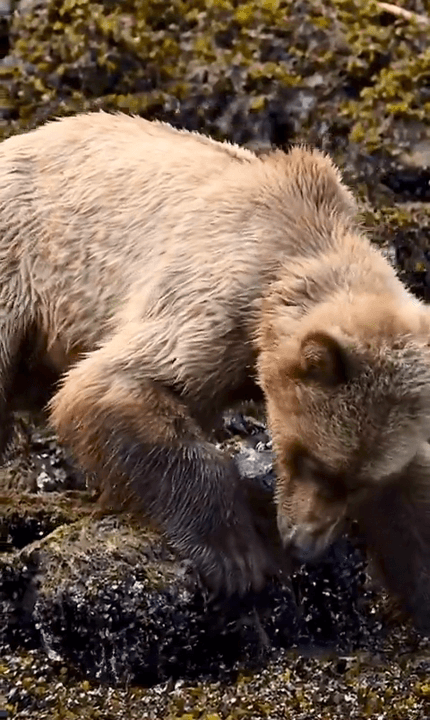
The first series of photos from a pheasant hunt in Northern Slovakia, the slopes of the Maninsky Mountains. Breathtaking scenery, perfect atmosphere and a very successful hunting day in this area, whi
Post: 10 January 09:43

Post: 10 January 09:43

Post: 11 November 09:26

Post: 29 September 16:02

Post: 23 July 07:56

Post: 5 July 14:02

Post: 19 May 14:44

Post: 14 May 12:27

Post: 16 January 09:49

Post: 31 July 09:35

Post: 28 July 09:20

Post: 7 July 14:08

Post: 3 June 11:32

Post: 28 May 14:03

Post: 28 May 12:30

Post: 27 May 12:28

Post: 20 May 14:08

Post: 21 December 16:54

Post: 6 August 14:16

Post: 29 July 20:59

Post: 29 July 19:23

Post: 29 July 11:47

Post: 29 July 11:16

Post: 8 July 05:24

Post: 4 June 14:56

Post: 3 June 12:40

Post: 1 June 00:27

Post: 27 May 12:41

Post: 27 May 10:11

Post: 26 May 12:07

Post: 23 May 10:10

Post: 22 May 14:06

Post: 22 May 12:16

Post: 20 May 13:49

Post: 18 May 13:56

Post: 17 May 19:39

Post: 12 May 14:19

Post: 14 January 17:51

Post: 1 November 09:30

Post: 4 November 10:14

Post: 16 May 17:16

Post: 13 December 17:47

Post: 14 October 20:15

Post: 19 May 12:36

Post: 22 August 09:43

Post: 21 August 19:29

Post: 23 July 13:21

Post: 21 July 19:02

Post: 14 October 07:42

Post: 10 September 06:13

Post: 2 September 14:39